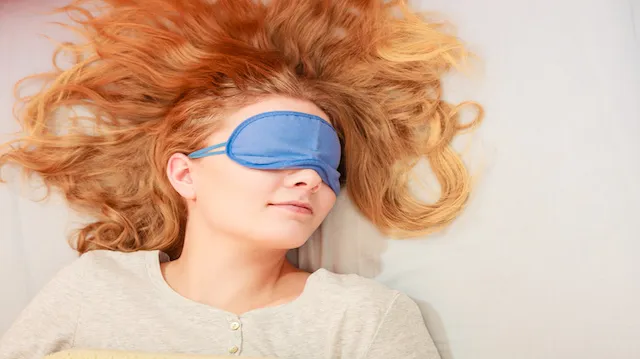Snowy days, warm beds, cold nights and dark mornings make it easy to linger in bed. According to data collected by an app called Sleep Cycle, the urge to sleep more during the winter is common. Many adults report feeling sluggish and tired during the winter. But does this mean you actually need more sleep during the winter, or is a sign of something else?
According to Dr. Brant Hasler, professor of psychiatry at the University of Pittsburgh, the most common reason for wanting to sleep more in the winter is extended hours of darkness. Our bodies are programmed to want to sleep when it’s dark and to be awake during the day. Fewer daylight hours mean our bodies naturally want to hibernate a little, just like bears.
Data collected by the Sleep Cycle app supports this theory, stating that individuals who live in sunnier areas typically sleep up to an hour less per night than individuals who live in areas with longer periods of darkness.
Dr. Hasler states that for the most part, going along with your body’s desire for a little more sleep is harmless and may bring some benefit. Most Americans sleep far less than the recommended amount (between eight and nine hours of sleep per night). However, if you find yourself sleeping a lot and still feeling tired, there may be something else going on.
Are you SAD?
A report from the National Health Service in the United Kingdom states that if you constantly feel tired, worn out and sluggish during the winter, it could be a sign of something more serious than the need for a nap. You could be suffering from what is known as seasonal affective disorder (SAD), which affects millions of people each year. The NHS states that one out of 15 people suffer from the condition each year.
Symptoms of SAD include:
- Constant fatigue
- Sluggish feelings
- Apathy for fun activities
- General lethargy
It is important not to confuse SAD with clinical depression, as symptoms can be similar. If you feel irritable for no reason, have sudden mood swings, changes in eating patterns, periods of intense sadness or crying, or have thoughts of suicide (even if you don’t plan to carry them out), these could be signs of clinical depression. Speak to a doctor or other health professional right away if you have several symptoms of depression.
How to treat SAD

Spend as much time in the sun just after waking as possible. Sun exposure tells your body it’s time to be awake. If you have to go to work before the sun rises, consider purchasing a light box, which can simulate sunlight and help you wake up while it’s still dark.
Vitamin D supplements can also provide a boost in energy and prevent feelings of tiredness during the winter. Even the sun’s levels of vitamin D are lower during the winter. Just make sure you purchase a high-quality supplement from a source you trust.
When you do go to bed at night, don’t distract yourself with electronics, as this can disrupt your sleep/wake cycle. Go straight to bed and turn out the light. You’ll probably feel a lot less sleepy in the morning. Aim to get between eight and nine hours of sleep each night to fight winter fatigue.
You may feel a little more sleepy during the winter, which isn’t a problem unless it starts tipping into seasonal affective disorder or clinical depression. Getting outside, supplementing with vitamin D and sleeping at least eight hours a night can all work together to prevent SAD and help you feel energized even when it’s dark outside.
—The Alternative Daily
Sources:
http://www.nhs.uk/Livewell/tiredness-and-fatigue/Pages/winter-tiredness.aspx
http://www.livescience.com/49917-snowy-states-longer-sleep.html
